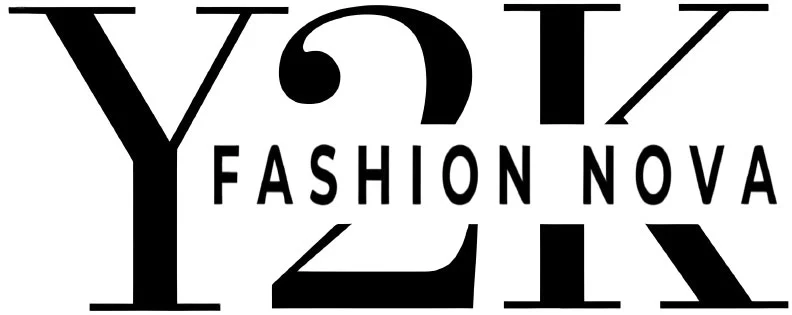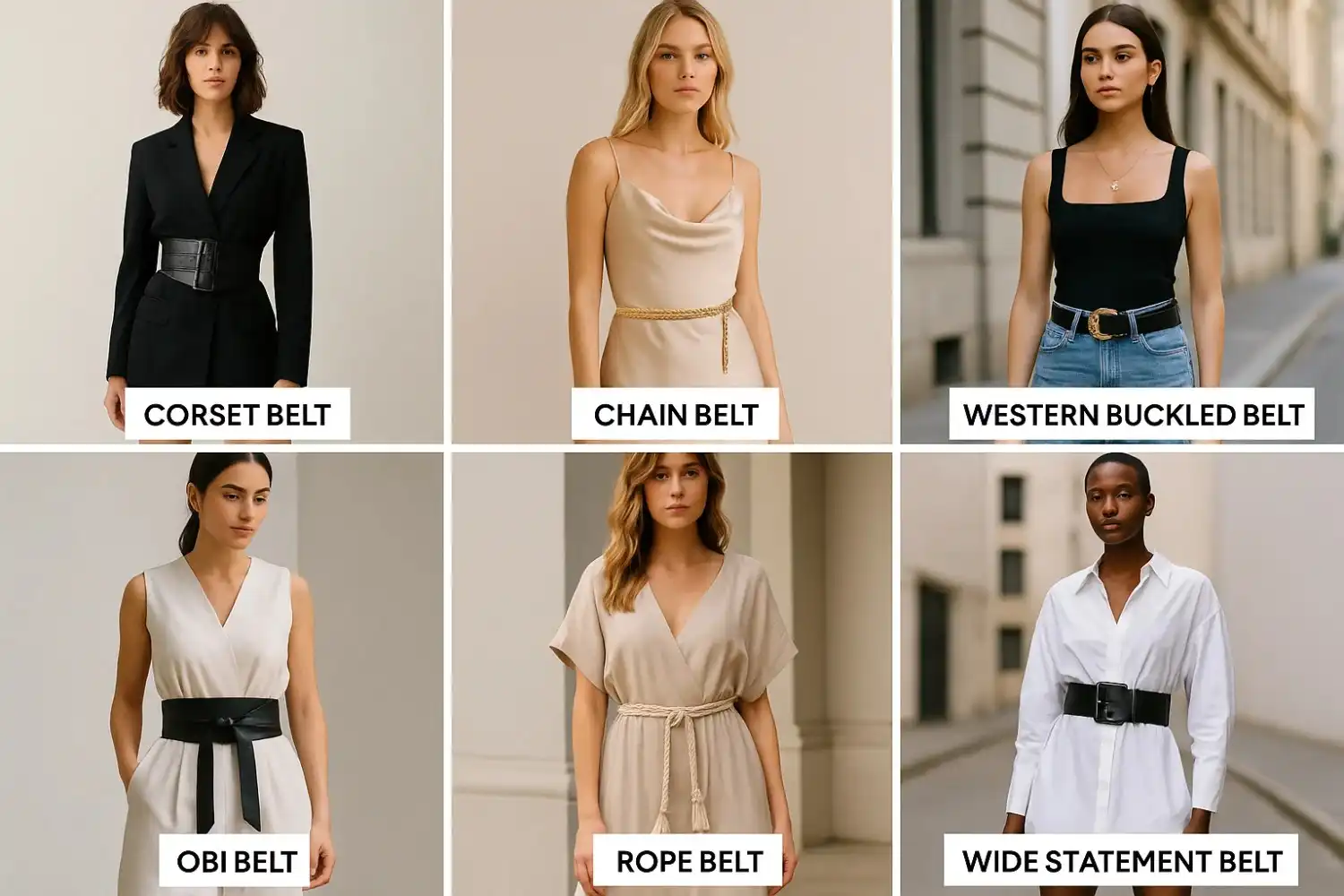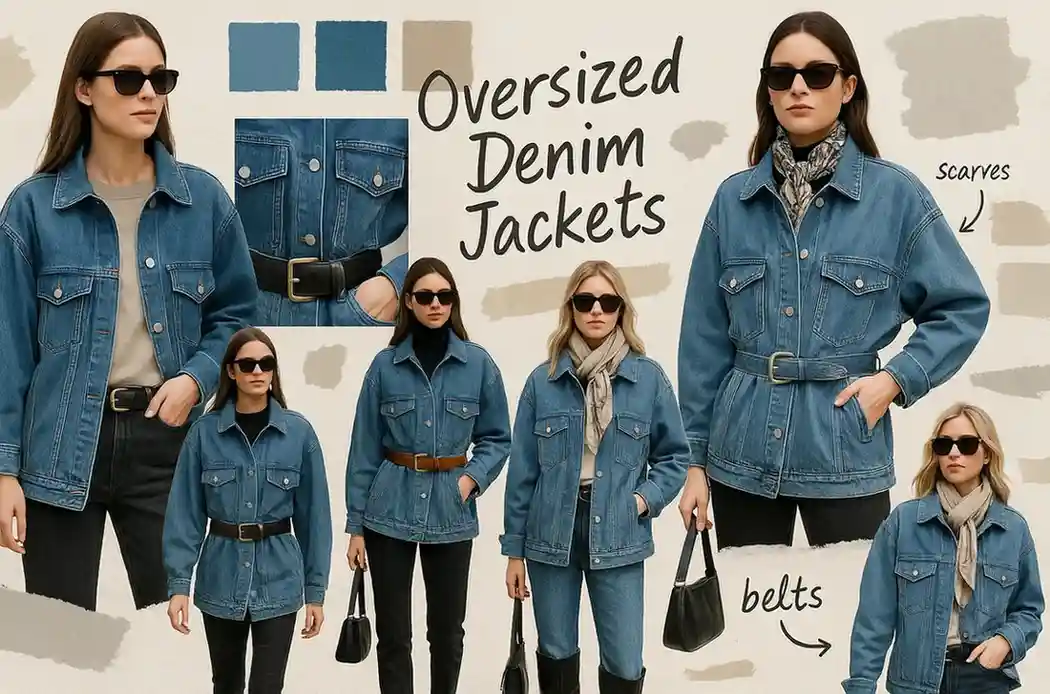Introduction: Sustainable Fashion: A Trend or a Necessity?
Sustainable fashion refers to clothing and accessories designed with minimal environmental impact and ethical labor practices. In 2025, the fashion industry faces mounting pressure to address its environmental footprint, which accounts for roughly 10% of global carbon dioxide emissions and significant water consumption. Consumers, particularly eco-conscious shoppers, are driving this shift by prioritizing brands that align with their values. Whether you're a fashion enthusiast seeking greener choices or a designer aiming to adopt ethical practices, sustainable fashion offers a path to stylish, responsible consumption. This guide explores the latest trends, materials, and actionable tips to help you embrace eco-friendly style.
Sustainable Fashion Trends for 2025

The fashion landscape in 2025 is vibrant with innovative approaches to sustainability. Consumers are moving away from fast fashion’s disposable culture, embracing designs that prioritize longevity and environmental care. These trends reflect a growing awareness of the need for systemic change in how clothes are produced and consumed.
Upcycled Clothing
Upcycling transforms discarded garments into fresh, unique pieces. Imagine a vintage denim jacket reborn as a patchwork masterpiece, blending retro charm with modern eco-consciousness. Brands are repurposing textile scraps and second-hand clothing to create one-of-a-kind items, reducing waste and celebrating individuality. This trend resonates with shoppers seeking exclusive styles while minimizing landfill contributions.
Recycled Fabrics
Recycled fabrics, such as polyester made from plastic bottles or reclaimed cotton, are gaining traction. Picture a sleek pair of eco-friendly sneakers crafted from ocean plastic, offering both style and a lighter environmental footprint. These materials reduce the demand for virgin resources, cutting down on energy use and pollution. Certifications like GOTS (Global Organic Textile Standard) ensure authenticity, helping consumers trust their choices.
Minimalist Designs
Minimalism continues to shape sustainable fashion, emphasizing timeless, versatile pieces. A classic organic cotton trench coat, for instance, can transition seamlessly from office to evening wear. This “buy less, choose well” philosophy encourages investment in durable, high-quality garments, reducing the urge for impulse purchases and fostering a clutter-free wardrobe.
Vegan Materials
Vegan fashion is surging, driven by concerns for animal welfare and environmental impact. Materials like pineapple leather or mushroom-based fabrics offer cruelty-free alternatives to traditional leather. A chic handbag crafted from apple skin leather exemplifies how vegan options blend ethics with elegance, appealing to eco-conscious consumers seeking sustainable luxury.
Understanding Sustainable Materials

The backbone of sustainable fashion lies in its materials. By prioritizing eco-friendly fabrics, brands reduce resource consumption and pollution. Here’s a closer look at the most impactful materials shaping the industry.
Organic Cotton
Organic cotton, grown without harmful pesticides or synthetic fertilizers, uses significantly less water than conventional cotton. A soft, breathable organic cotton t-shirt feels luxurious while supporting soil health and farmer safety. Look for GOTS-certified options to ensure ethical production standards.
Recycled Polyester
Recycled polyester, often made from plastic bottles, diverts waste from landfills and oceans. A vibrant recycled polyester dress not only looks trendy but also reduces the need for petroleum-based virgin polyester. Brands like Patagonia use this material to create durable, stylish outerwear, proving sustainability can be chic.
Hemp
Hemp is a superstar of eco-friendly fabrics, requiring minimal water and no pesticides to grow. A pair of hemp trousers offers durability and breathability, perfect for warm climates. Its natural resistance to pests makes it a low-impact choice, gaining popularity among designers for its versatility.
Tencel (Lyocell)
Tencel, derived from sustainably sourced wood pulp, is produced in a closed-loop system that minimizes waste. A silky Tencel blouse drapes beautifully, offering a luxurious feel with a smaller carbon footprint. Its biodegradability makes it a favorite for eco-conscious wardrobes.
Building a Sustainable Wardrobe

Creating a sustainable wardrobe is about making mindful choices that prioritize quality, versatility, and ethics. It’s a rewarding journey that reduces waste and aligns your style with your values. Here are practical steps to get started.
Capsule Wardrobe Tips
A capsule wardrobe focuses on a curated collection of versatile, timeless pieces. Start by auditing your closet to identify items you love and wear often. Invest in staples like a tailored blazer, organic cotton jeans, or a neutral-toned dress that can be styled multiple ways. For example, a linen shirt pairs effortlessly with trousers for work or shorts for weekends, maximizing wearability while minimizing clutter.
Second-Hand Shopping
Thrifting and vintage shopping extend the life of garments, keeping them out of landfills. Platforms like ThredUp or Vestiaire Collective offer preloved designer pieces, such as a gently worn silk scarf that adds elegance to any outfit. Visiting local thrift stores or online resale sites can uncover unique finds while supporting circular fashion.
Caring for Your Clothes
Proper care extends the lifespan of your wardrobe. Wash clothes in cold water to save energy, air-dry when possible, and mend small tears to avoid discarding items. A simple sewing kit can revive a favorite sweater, transforming a potential throwaway into a cherished piece.
Top Sustainable Fashion Brands

Choosing brands committed to sustainability ensures your purchases support ethical practices. Here are some standout names leading the charge in 2025, with transparent supply chains and eco-friendly innovations.
Patagonia
Patagonia, a pioneer in sustainable fashion since 1973, uses recycled polyester and organic cotton in its iconic fleece jackets and outdoor gear. Their commitment to fair labor and environmental activism, including donations to grassroots organizations, makes them a trusted choice. However, their higher price point may not suit budget-conscious shoppers.
Everlane
Everlane emphasizes transparency, offering timeless basics like organic cotton tees and denim at accessible prices. Their “Radical Transparency” model details production costs and factory conditions, empowering consumers to make informed choices. Some critique their limited size range, but their quality is unmatched for the price.
Reformation
Reformation blends trendy designs with eco-friendly practices, using deadstock fabrics and sustainable materials like Tencel. Their flirty dresses and chic tops appeal to fashion-forward shoppers, though their premium pricing may deter some. Their carbon-neutral initiatives add credibility to their sustainability claims.
Stella McCartney
A luxury leader, Stella McCartney champions vegan materials and circular fashion. Her tailored coats and cruelty-free handbags, like those made from apple leather, are investment pieces. While expensive, their durability and ethical production justify the cost for eco-conscious splurges.
Slow Fashion vs. Fast Fashion
Slow fashion prioritizes quality, ethical production, and longevity, contrasting sharply with fast fashion’s rapid, trend-driven model. Fast fashion brands like Shein produce cheap, disposable clothing, contributing to 10% of global CO2 emissions and massive textile waste. A fast fashion t-shirt might cost less than a coffee but often falls apart after a few wears, ending up in landfills or polluting regions like Ghana’s Kantamanto Market.
In contrast, slow fashion encourages thoughtful consumption. A handcrafted linen dress from a sustainable brand may cost more upfront but lasts years, reducing environmental impact. Slow fashion also supports fair wages and safe working conditions, addressing the human cost of garment production, as highlighted by the 2013 Rana Plaza collapse that killed over 1,100 workers.
How to Shop Sustainably on a Budget
Sustainable fashion doesn’t have to break the bank. With strategic choices, you can build an eco-friendly wardrobe without overspending.
Start by shopping second-hand through platforms like Poshmark or local charity shops, where you might find a high-quality wool coat for a fraction of its original price. Renting outfits for special occasions, via services like Rent the Runway, offers access to designer pieces without the commitment. Focus on versatile staples, like a black organic cotton dress, that can be styled for multiple settings. Look for sales from brands like Pact, which offers affordable GOTS-certified basics. Finally, prioritize durability over trends investing in a sturdy pair of hemp sneakers saves money long-term compared to replacing cheap alternatives frequently.
The Environmental Impact of Sustainable Fashion

Sustainable fashion significantly reduces the industry’s environmental toll. Fast fashion consumes vast resources, using 98 million tons of materials daily, from water for cotton to oil for synthetics. It also generates 1.2 million metric tons of CO2 annually, outpacing emissions from international flights and maritime shipping combined. Sustainable practices counter this by using low-impact materials like hemp, which requires minimal water, or recycled fabrics that divert waste from landfills.
Circular fashion models, such as resale and upcycling, further minimize waste. For instance, brands like Eileen Fisher collect used garments to create new designs, keeping textiles in use longer. By choosing sustainable options, consumers help decarbonize supply chains and reduce pollution, contributing to a healthier planet.
FAQ: Your Sustainable Fashion Questions Answered
What is sustainable fashion and why is it important?
Sustainable fashion involves designing, producing, and consuming clothing with minimal environmental impact and ethical labor practices. It’s vital because it reduces pollution, conserves resources, and supports fair working conditions, addressing the fashion industry’s role in climate change and social inequities.
How do I build a sustainable wardrobe in 2025?
Start by auditing your closet, keeping only items you love. Invest in versatile, high-quality pieces like organic cotton jeans or a Tencel blouse. Shop second-hand, repair clothes, and choose brands with transparent, ethical practices.
What are the best sustainable fashion brands for 2025?
Top brands include Patagonia for outdoor gear, Everlane for affordable basics, Reformation for trendy dresses, and Stella McCartney for luxury vegan fashion. Each offers eco-friendly materials and ethical production, though budgets and style preferences vary.
How can I identify eco-friendly clothing materials?
Look for certifications like GOTS or Fair Trade. Prioritize organic cotton, recycled polyester, hemp, or Tencel, which use fewer resources and are often biodegradable. Avoid conventional cotton and virgin polyester due to their high environmental impact.
What are the latest sustainable fashion trends for 2025?
Key trends include upcycled clothing, recycled fabrics, minimalist designs, and vegan materials like pineapple leather. These reflect a shift toward circularity and conscious consumption.
How does sustainable fashion impact the environment?
It reduces CO2 emissions, water usage, and textile waste by using eco-friendly materials and circular models. For example, organic cotton saves water, while upcycling keeps garments out of landfills.
How can I shop sustainably on a budget?
Shop second-hand, rent for events, and prioritize durable staples. Brands like Pact offer affordable eco-friendly options, and sales or thrift stores can yield high-quality finds at low costs.
Conclusion: Embrace Sustainable Fashion Today
Sustainable fashion in 2025 is more than a trend it’s a movement toward a healthier planet and fairer industry. By embracing upcycled designs, eco-friendly materials, and slow fashion principles, you can build a stylish, ethical wardrobe that reflects your values. Start small: audit your closet, invest in timeless pieces, or explore second-hand treasures. Support brands like Patagonia, Everlane, or Reformation that prioritize transparency and sustainability. Every conscious purchase is a step toward a greener future shop smart, wear proudly, and make a difference.
External Links:
- Fashion Revolution: Transparency in Fashion
- UN Alliance for Sustainable Fashion
- Vogue Business: Sustainable Fashion Trends
- Ellen MacArthur Foundation: Circular Fashion
- The Good Trade: Eco-Friendly Brands
- Textile Exchange: Sustainable Materials
- World Resources Institute: Fashion Sustainability
- Harper’s Bazaar: Sustainable Wardrobe Tips













Vestibulum euismod, leo eget varius gravida, eros enim interdum urna, non rutrum enim ante quis metus. Duis porta ornare nulla ut bibendum
Rosie
6 minutes ago